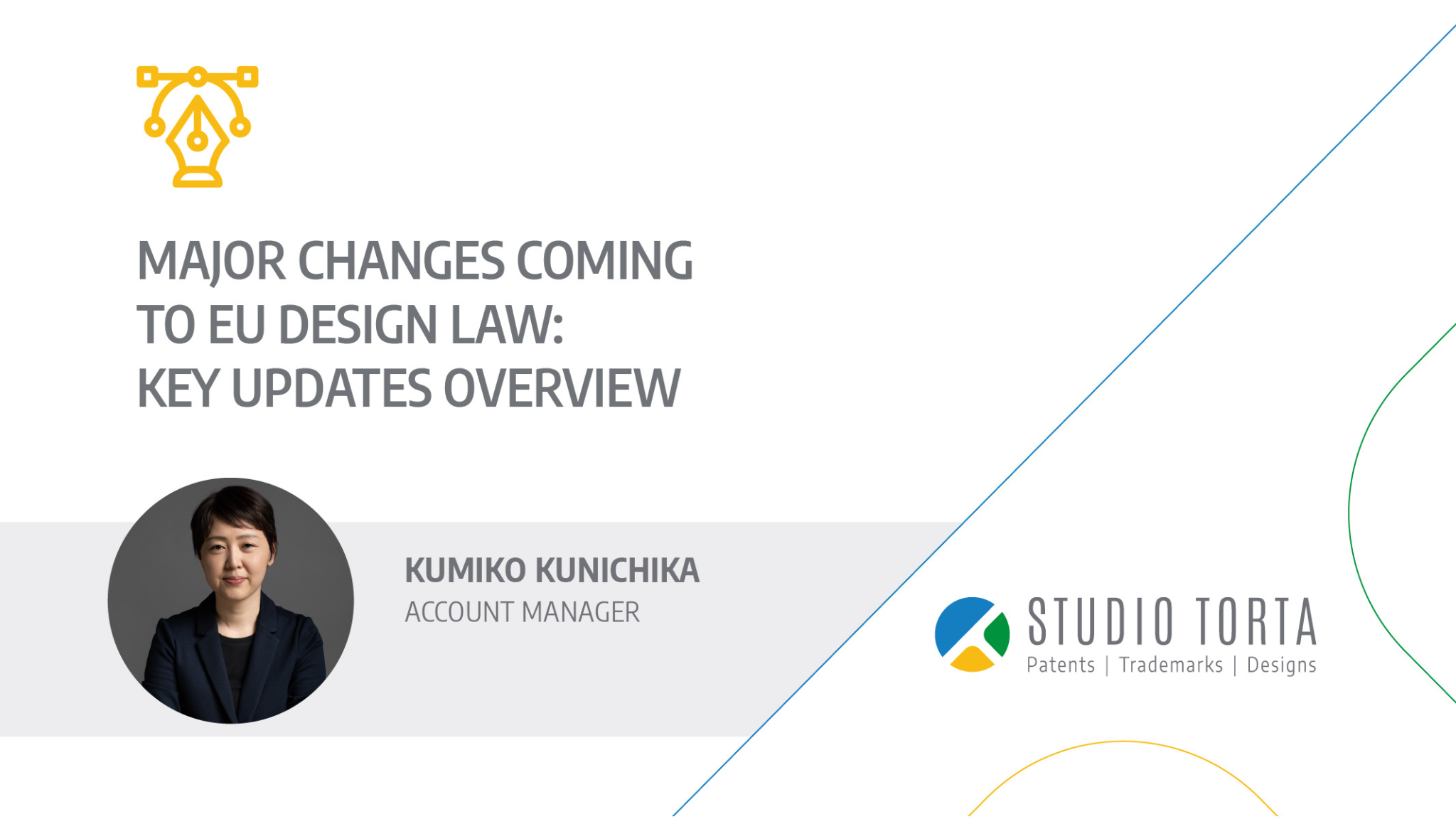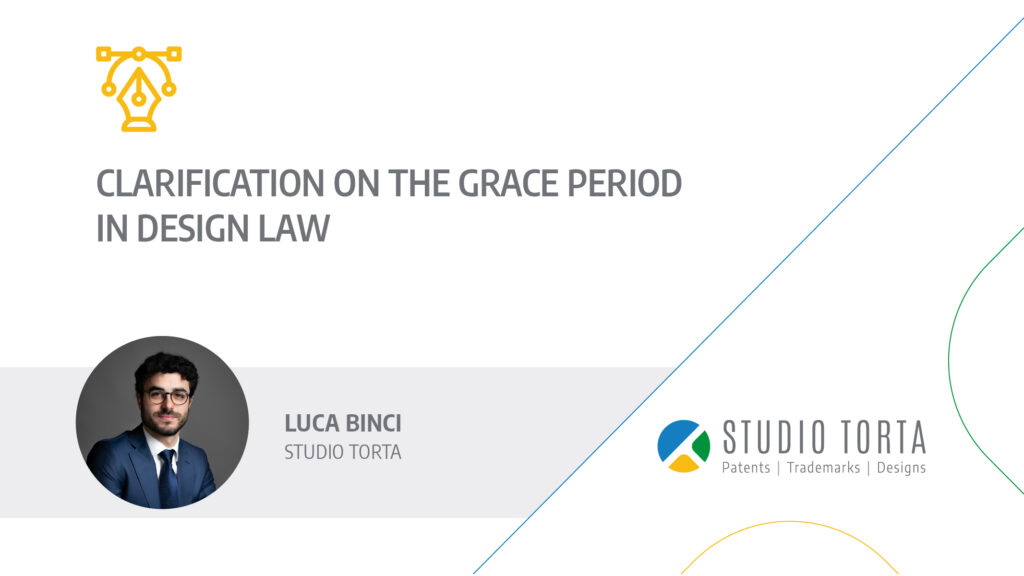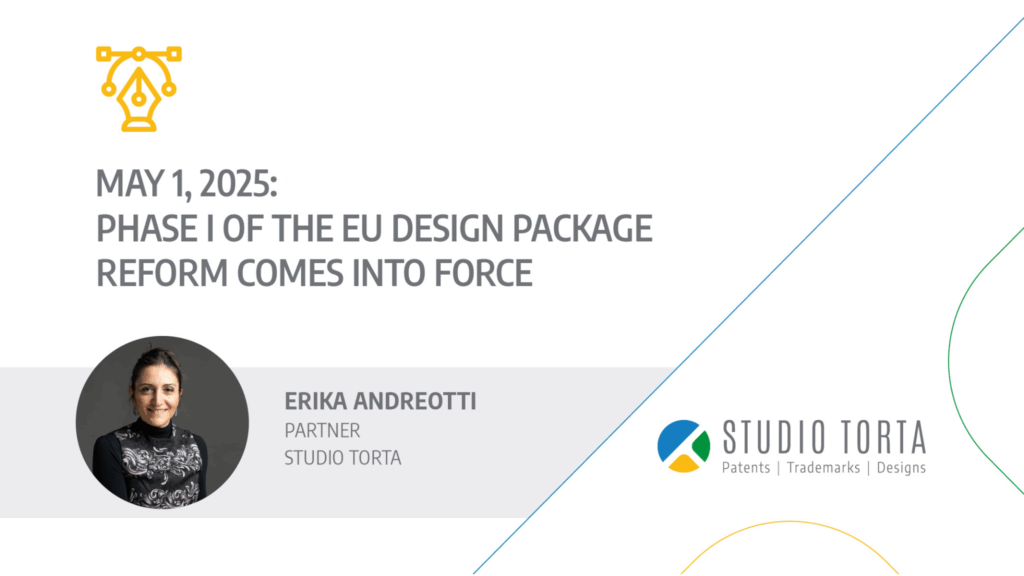Major Changes Coming to EU Design Law: Key Updates Overview
The European Union is implementing significant reforms to its design protection system, marking the most substantial update since its inception. These changes will be rolled out in two phases beginning May 2025, modernizing the system to strengthen protection, simplify procedures, and align design protection with evolving technological landscapes.
Terminology Updates
To better reflect the upcoming reform, several key terms are being updated. The familiar “Community design” will become “European Union design” (EU design or EUD), with corresponding changes to related terms such as “EU design court” and “European Union Design Regulation” (EUDR).
Expanded Scope of Protection
One of the most significant changes is the broadened definition of what constitutes a “design.” The new framework explicitly includes animated designs, encompassing both movement and transitions. This modernization reflects the growing importance of dynamic design elements in today’s digital landscape.
The definition of “product” has also been extensively revised. The new scope now explicitly covers a variety of elements including sets of articles, spatial arrangements for interior or exterior environments, component parts intended for complex products, graphic works, symbols and logos, surface patterns, and graphical user interfaces.
Two-Phase Implementation
The reform will be implemented in two distinct phases to ensure a smooth transition:
– First Phase: as from May 1, 2025
The first phase introduces immediate procedural changes and updates to the fee structure. These modifications aim to streamline the application process and make the system more user-friendly.
– Second Phase: as from July 1, 2026
The second phase will implement secondary legislation focusing on new types of designs, particularly digital designs, and introduce new representation requirements. This phase reflects the EU’s commitment to adapting its design protection framework to the digital age.
Key Changes Effective May 1, 2025
Multiple Design Applications
In a significant procedural change, the “unity of class” requirement for multiple design applications will be abolished. Applicants can now include up to 50 designs in a single application, regardless of their classification. This change offers greater flexibility and potential cost savings for businesses filing multiple designs.
For example, consider a case where currently 3 separate applications were required for 9 designs due to different Locarno classifications (3 designs per application):
Current Cost Fee Structure: Basic filing fee 350 EUR + 175 EUR × 2 additional designs = 700 EUR Fee per application
Total Fee cost (3 applications) = 2,100 EUR
New Cost Fee and Procedural Structure: Basic filing fee 350 EUR + 125 EUR × 8 additional designs = 1,350 EUR Fee for one application
Total Fee cost (1 application) = 1,350 EUR
Deferred Publication Updates
The deferred publication system has been simplified. Additional payments for deferment will no longer be required, and non-payment will no longer serve as a mechanism to prevent publication. Instead, applicants must explicitly surrender designs they do not wish to have published.
New Design Notice Symbol
A new design notice symbol (Ⓓ) will be introduced, providing a standardized way to indicate design protection.
Revised Fee Structure
The reform brings important changes to the fee structure:
- The basic design fee will remain €350
- Additional designs fee will cost €125 each (while now the fee for 2nd to 10th design is 175 €/each design and from the 11th design onwards is € 80/each design)
- The separate publication fee at filing will be eliminated
- Renewal fees will see a significant increase (see also here to find the new fees) – bear in mind about the applicability date for new fees, since old renewal fees will still apply for the 6 months prior to the applicability date.
Looking Ahead
These changes represent an important development in the modernization of EU design protection, but further developments are expected as discussed above. Secondary legislation will be required to fully implement the new filing and representation requirements for the new types of digital designs, and further information on the phased implementation after July 2026 will be covered in a forthcoming article, but we encourage applicants to take this opportunity to review their design protection strategies in light of these changes. We recommend that applicants take this opportunity to review their design protection strategy in the light of these changes. If you have any questions, please do not hesitate to contact our design team.




